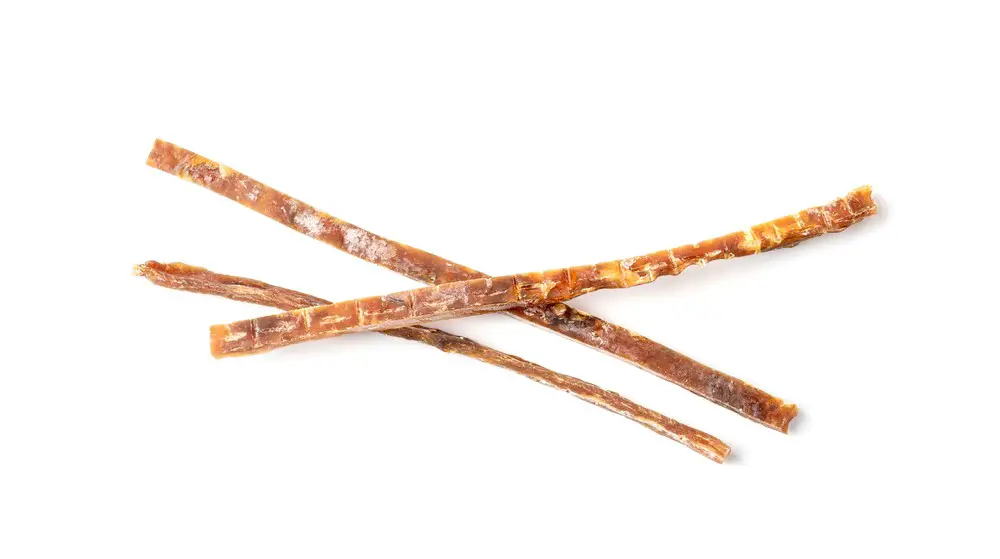Fish jerky, a sumptuous delicacy from an ancient heritage that crosses the boundaries of cultural cookery, is a delectable treat enjoyed on many fronts as well as in global cuisine. In this article, we’ll delve into the art of making fish jerky and explore the different versions of this savory snack across the world’s continents.
Fish Jerky in Asian Cuisine
Fish jerky has become a sophisticated delicacy in the bustling kitchens of Asia. Asian fish jerky has a delicacy of sweet and savory notes that tickle taste buds. It is in the hustling and bustling street markets of Bangkok and the sushi bars of Tokyo that this culinary gem has wiggled into the hearts of food lovers.
Fish Jerky in North American Indigenous Traditions
For many thousands of years, the preparation of fish jerky has been an intrinsic element of the North American Indian community’s culture. The making process of the jerky is based on traditions in combination with using local products, reflecting that relationship with the surroundings and the rich nature in general. This savory treat honors ancestral flavors, resulting in a delicious dish.

Jerky in South America
Fish jerky also comes in different flavors in South America, which is a continent full of colorful cultures. A combination of local ingredients and culinary skills results in jerky with a flavor explosion that captures the essence of the place. Fish jerky is a journey through various landscapes, from the Amazonian rainforest up to the Andean peaks.
Japanese Fish Jerky
Japan presents its delicacy to make fish jerky in the Land of the Rising Sun. The Japanese fish jerky is carefully made and sometimes marinated in soy-based sauce, a testimony to perfection and art. The delicate balance that makes up Japanese cuisine defines each small bite as a discovery.
Fish Jerky in European Cuisine
Throughout Europe, the traditional fish jerky gets to the plates of the tables. There are different ways of preparing fish jerky, from the North Atlantic seas to the Pacific shores. Combining herbs and spices with regional influences forms a mosaic cuisine that attracts one’s taste buds.
Traditional Fish Jerky Recipes
Fish jerky opens an avenue into the ancestral diet, and the tradition is passed down through generations. The soul of fish jerky tradition embodies time-tested ways handed down by ancestors. We seek to go beyond the methods, uncovering stories that reveal much more about the cherished art of cooking.
Methods of Curing:
- Air-drying: Air-drying is the common way of curing fish in many cultures. The subtle breeze and controlled surroundings give a distinctive feel to the flavors, which are well-preserved while also intensifying.
- Salt-Curing: One of the most common methods uses salt liberally on fish to draw water off and suppress bad bacterial growth. This yields a high-quality, flavorful, long-lasting, and easy-to-swallow jerky.
Secret Blends of Spices:
- Asian Fusion: Asians usually start with a mixture including soy sauce, ginger, and garlic. Umami-packed soy helps to accentuate fish’s basic tastes and, together with ginger and garlic, provides it with more intricacies.
- South American Zest: On the other hand, South American recipes may include pepper salad, lime, and indigenous herbs. It yields jerky with a spicy kick and a zesty, fresh citrus note.
- European Elegance: European fish jerky recipes tend to use herbs such as thyme, rosemary, and dill. These aromatic additions take the jerky to new heights, resulting in a concert of flavors for every piece.
Marination Techniques:
- Soy Sauce Soak: In most cases, Japanese fish jerky entails marinating the fish in soy sauce for a distinctive, strong flavor sensation. The extended soak lets the fish absorb the flavors of the sauce, creating harmony.
- Wine Infusion: Some recipes in Europe require wine soaking of the fish before drying. Besides adding some subtle sweetness, it also tenderizes the meat, thus making the jerky tastier.
Stories Behind the Recipes:
- Family Traditions: Most of these fish jerky recipes are traditional and have been kept as family secrets through the years.
- Cultural Celebrations: Preparing certain recipes is only done on particular occasions and holiday times, bringing a cultural meaning to the process.
Regional Variations and Ingredients
Regional variations in fish jerky are also influenced by the diversity of fish species as well as local ingredients. The unique taste of each region ranges from the strong flavors of Latin America to the subtle nuances of Asian food.
Unique Fish Jerky Techniques
Other fish jerky chefs and enthusiasts take it beyond the traditional and utilize diverse strategies to enhance it. These include smoking, air-drying, and even incorporating modern culinary technology that adds a certain avant-garde twist to the conventional art of making fish jerky.
Conclusion
Fish jerky, particularly fish jerky recipes is not a snack but a link between cultures worldwide. Before you venture into making your own fish jerky, try out Jerky Brand, an exemplar of the highest standards and traditions in jerky manufacturing.
So, tell me about your culinary adventures and what other ways will improve your social media below, and let’s proceed with this mouthwatering journey together.

